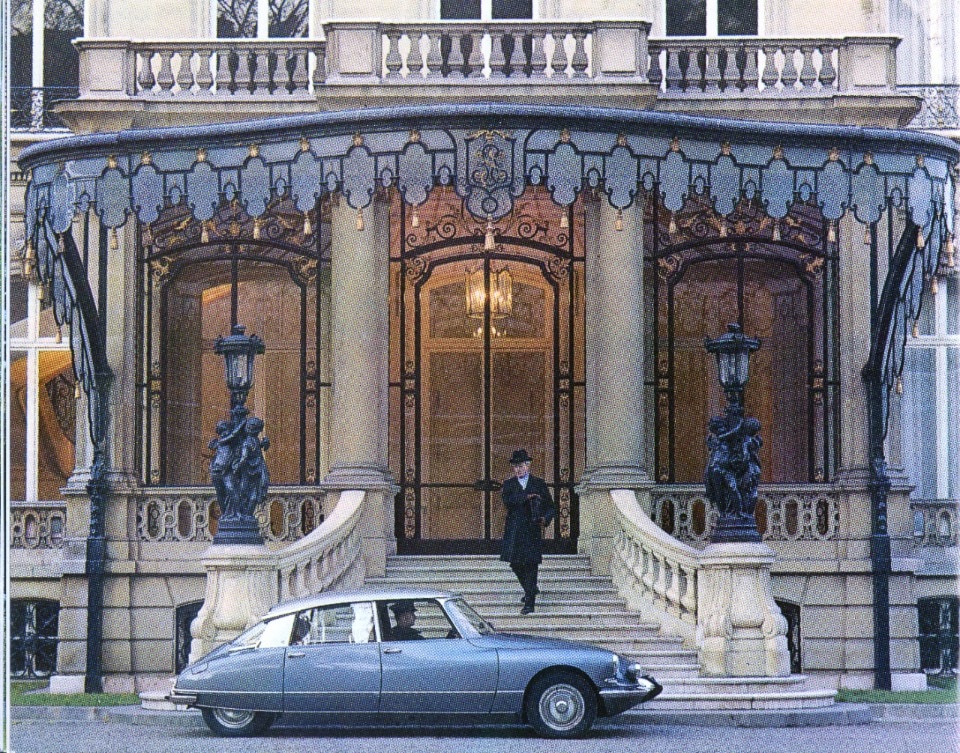This article was originally published on Domus 1090.
I have several passions and they all touch each other. I love architecture, art and the design of cars, aircraft and trains. Cars that stand the test of time become design classics in the same manner as art and architecture. I suspect that they do so for the same reasons – because there is an appreciation of beauty that crosses the boundaries between separate disciplines. A car can be a sculptural object and when those qualities are outstandingly good, they can transcend its primary purpose.
The same is true of architecture, and American critic Paul Goldberger put it well when he wrote: “Architecture begins to matter when it goes beyond protecting us from the elements, when it begins to say something about the world – when it begins to take on the qualities of art” (Why Architecture Matters, 2009). I first saw the Citroën DS as a student visiting the Milan Triennale in 1957. Already a cult object, it was suspended in space as a work of sculpture and its stunning beauty was enhanced by removing the wheels and inserting fairings to continue the contours of the body.
A car can be a sculptural object and when those qualities are outstandingly good, they can transcend its primary purpose.
When Roland Barthes saw this radical new vehicle in 1957, he eulogised it at great length. The following is a small extract: “I think that cars today are almost the exact equivalent of the great Gothic cathedrals: I mean the supreme creation of an era, conceived with passion by unknown artists, and consumed in image if not in usage by a whole population which appropriates them as a purely magical object” (Mythologies, 1972, originally published in French in 1957). Barthes was in the French intellectual tradition, but what he wrote was sparked by a popular response to the inherent beauty of the DS – although technically it also broke new ground.
Opening image: The Citroën DS in a photo by Tif Hunter. In production from 1955 to 1975, the car was designed by André Lefèbvre and Flaminio Bertoni (body styling), together with Paul Magès who developed the suspension. Photo Tif Hunter

Accademia Tadini on Lake Iseo reborn with Isotec
Brianza Plastica's Isotec thermal insulation system played a key role in the restoration of Palazzo Tadini, a masterpiece of Lombard neoclassical architecture and a landmark of the art world.




























